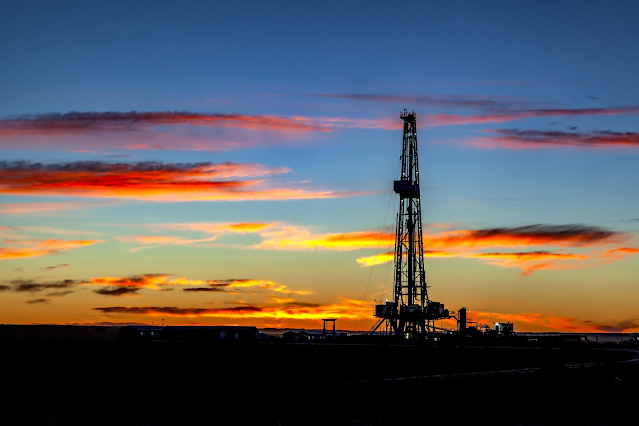Well Drilling 101: All You Need To Know
From rotary hammer drills to measurement-while-drilling tools, modern drilling is as complex as engineering processes get. In this article, we assume no prior technical knowledge of well drilling processes and walk you through the basics in layperson language.
Here’s everything you need to know about well drilling.
What You’re Drilling For
Depending on where you want to drill, there’s a lot of material you have to go through before you start drilling the actual well. You have to pass through all the superficial materials such as sand, clay, rocks, and boulders. These layers are collectively referred to as the “overburden”.
Beneath the overburden, lies solidified magma called bedrock. A well is just a cavity in the bedrock that accumulates and stores water. After cleaning all the overburden along the way, a well is drilled deep into the bedrock which acts as a reservoir for water. Drilling also causes small fractures in the bedrock which supplies water to the well.
How is Drilling Done?
A common drilling method used today is rotary drilling. This is a huge diesel-powered drill that penetrates the ground and extracts all the overburden and the bedrock. This drill also uses hydraulics to apply a downward force which works as a hammer drill to push the drill into the ground. Another method is using a cable tool that works like a nail to bore the hole. This method is less efficient and also less common.
Complex Deviated Well Drilling using SWD and LWD
Sometimes, water reservoirs are found at distance from where water is needed. Other times, water reservoirs are found but it’s harder to drill directly above the reservoirs. The solution for both of these is deviated drilling.
Deviated drilling technologies can allow engineers to drill at different angles and even change directions while drilling. These drills can be steered by operators above the ground to reach places traditional drilling can’t. However, it’s pretty hard to measure the position, angle, and other variables of the drill when there are tons of concrete blocking the signals.
Special SWD (Seismic While Drilling) and LWD (Logging While Drilling) tools are used to measure these variables. At True Shot, we have recently launched the revolutionary LWD tool called M1 Unmanned MWD. Our Gamma Logging and Extended Reach Survey Tool are also very popular in the market.
Our tools have been used to drill over 7,000 wells. Visit our website and browse our high-tech well now!





Comments
Post a Comment